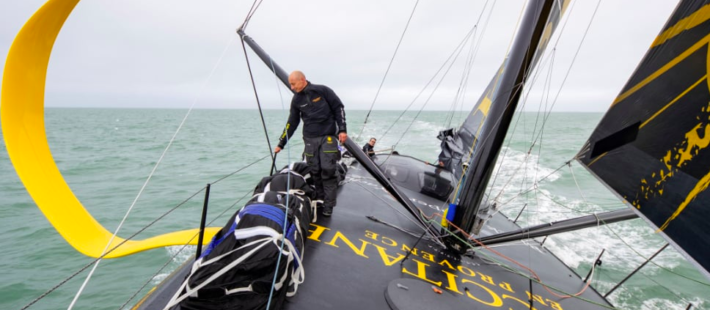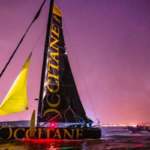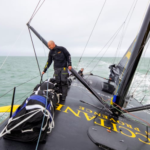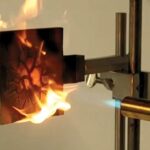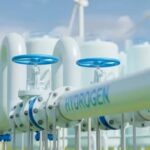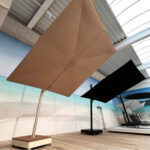As the transportation industry works hard to focus on sustainability in manufacturing,
a partnership between a boat building innovator and a world leader in aviation is breaking new ground.
Tripon’s plan is to attempt to develop new alternatives for his next boat, adopting a more sustainable and responsible approach. It’s hoped that this will be an opportunity to revalue end-of-life carbon fiber while conserving its initial mechanical properties.
Antoine Mermod, president class IMOCA says
“It is with great pride that the IMOCA class receives the announcement of this partnership. Armel Tripon is one the most innovative skippers of the IMOCA class and Airbus is a global, technological benchmark. Reducing carbon footprints in our projects is a priority for the coming years. This partnership is a major step to initiate this movement”.
Aeronautics and competitive sailing both share the use of carbon fiber, which is renowned for its lightness and robustness, and for the Airbus Technocentre, this could be an opportunity to insert itself in a lasting way in the competitive sailing sector, focusing on the development of future composite materials built from the deposit of carbon fiber.
François Paynot, director of Airbus Nantes says of the project
“The Airbus Technocentre is particularly content and proud, from a sporting and industrial point of view, to support Armel Tripon in this ambitious new project. This is a great occasion for Airbus to value our composites and expertise”
Tripon is calling on companies that could give their name to this innovative future sailing boat, in a bid for funding for 2024’s race.
“Isn’t it up to us, skippers, to initiate a collective realization and presently become an actor of change?” asks Tripon. “I am committed to leading by example with an innovative project that will attempt to initiate alternatives in terms of nautical construction in order to, in time, master and reduce our carbon footprint. Here we define the sailing of tomorrow, ambitious, responsible and collaborative. It is up to all of us, now, to convince companies to join us in this human challenge.”


